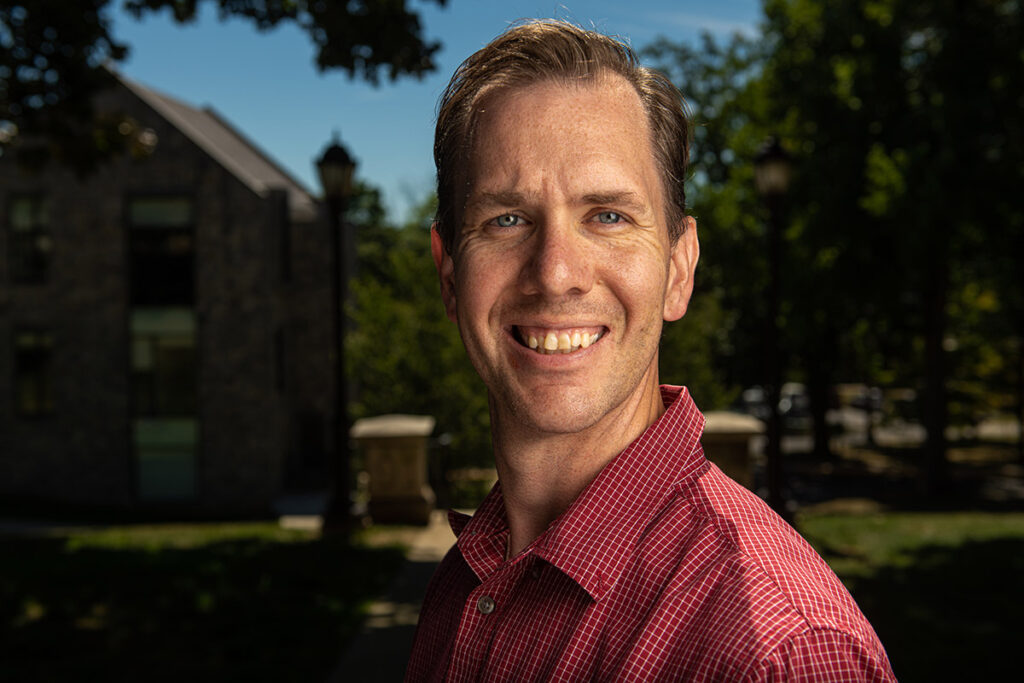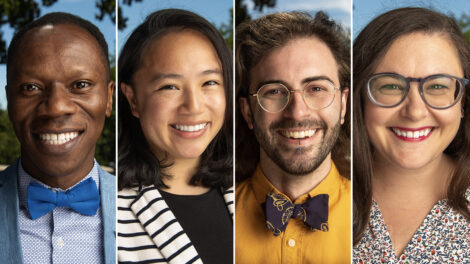Paul Stonaha

Formerly an assistant professor of physics at Idaho State University, he now owns his own consulting business, Physics Education and Consulting, LLC, and works with researchers at national labs on the design and construction of scientific apparatuses.
My background: “I did my undergrad at Alfred University in upstate New York, majoring in astrophysics and mathematics. I did my research there on analyzing images of synchrotron radiation to determine electron beam stability. After that, I received my Ph.D. at Indiana University, working on building a neutron spin echo device. This device uses the quantum state of a neutron—a subatomic particle—to encode very small scattering angles from a material. I performed the mathematical simulations, created the engineering designs for the spin echo device, assembled the machined parts, and tested the device at national labs across the country. Then I did a postdoc at Oak Ridge National Lab, where again I used neutrons to measure the nature of vibrations between atoms in the material. More recently, I taught physics at Idaho State University as an assistant professor.”
This fall I’m teaching: “I’m teaching two sections of Physics 133, which is a calculus-based introduction to electricity and magnetism. I’m also teaching laboratory sections for the same class.”
What students can expect from me: “They would expect me to present them with context. I try to make that context most relevant for engineers, chemists, and biology majors. The majority of my students this semester are engineers. In lecture, I present my teachings in the context of real-world applications that the students are familiar with. In lab sections, I encourage students to consider the format of the lab report as a model for research reports in their future jobs.”
Why I’m excited to be here: “My passion is to be a master teacher. I have several years of experience teaching upper division physics classes, but I am very excited to be teaching students in introductory physics classes. I’m excited to develop new ways to present classroom material in a useful and engaging way.”
